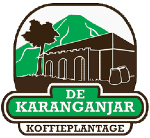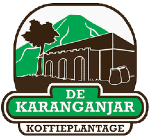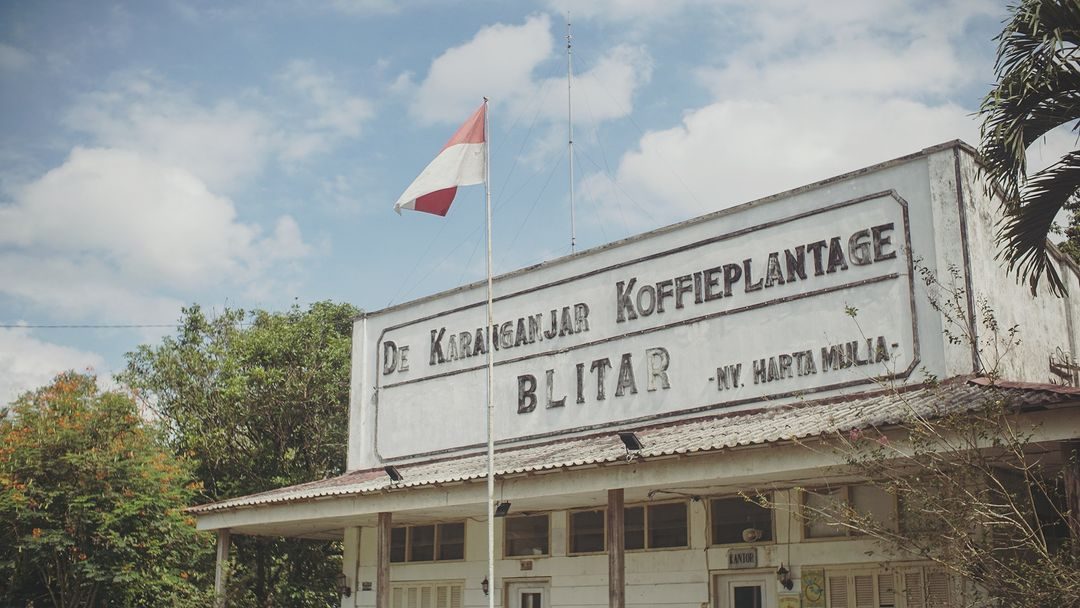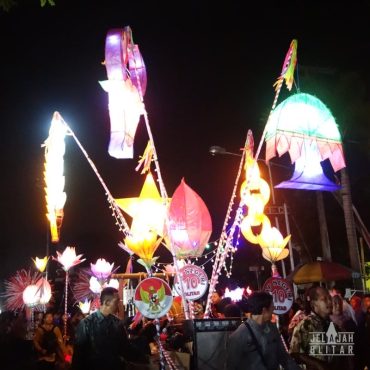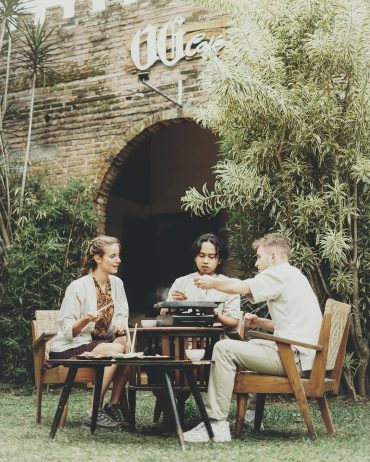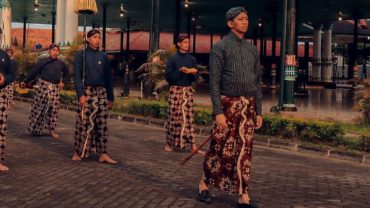Coffee is one of the main commodities developed in Indonesia due to its important role in national economic growth.
It plays a significant role in strengthening national economic growth.
Selama hampir tiga abad, budidaya coffee telah menjadi usaha berkelanjutan di Indonesia untuk memenuhi permintaan baik domestik maupun internasional.
The times have changed the dynamics of plantations, no longer dependent on the monopoly of the colonial government.
The impact of the 1870 Agrarian Law on the plantation system in the Dutch East Indies was profound.
The law opened the door for private companies to invest in Java.
This not only allowed indigenous people to own their own land, but also opened up opportunities for foreigners to rent land from the government or indigenous owners.
Liberal economic principles gave farmers the freedom to lease their land while providing labour for plantation companies.
This transition period marked a shift from government to private sector dominance in the plantation industry, with government-owned plantations shrinking and private plantations expanding.
Komoditas seperti coffee, gula, teh, dan tembakau memainkan peran penting dalam proses ini.
One of them is the Blitar region, where the climate and soil are suitable for growing these commodities because it is located on the slopes or foot of Mount Kelud.
Sehingga dalam perkembangannya, banyak berdiri perkebunan coffee di beberapa wilayah Blitar.
Berikut tiga perkebunan coffee di Blitar pada masa kolonial.
- Perkebunan Coffee Karanganjar
Perkebunan Coffee Karanganjar, yang juga dikenal sebagai De Karanganjar Koffieplantage, adalah sebuah perkebunan coffee yang memiliki sejarah yang panjang dan menarik.
Established in 1874 by H. J. Velsink and Hendrik Van Vredenberg during the Dutch colonial era, the plantation was later managed by a Dutch company, NV.
Kultuur Mij Karanganjar.
Terletak di lereng Gunung Kelud, Blitar, Jawa Timur, perkebunan ini terkenal dengan produksi coffee jenis Robusta dan cengkeh.
However, the history of this plantation has not always been smooth. In 1942, when the Japanese arrived, activities at the plantation came to a temporary halt.
After Indonesia's independence, foreign companies were nationalised and management was handed over to veterans of the independence war.
For the Karanganyar area, management was handed over to veteran Denny Roeshadi, who also happens to work at this plantation.
Berbicara tentang komoditas utama, perkebunan ini terletak di lereng Gunung Kelud dengan ketinggian 475–650 meter, yang membuatnya cocok untuk ditanami coffee robusta sebagai komoditi utama.
Selain itu, perkebunan ini juga menanam sebagian kecil coffee excelsa.
As complementary commodities, there are also cloves and durian.
- Gogo-Niti Plantation
Gogo-niti Plantation, located in Doko sub-district, was once part of the Wlingi sub-district in eastern Blitar.
Initially, the plantation was managed by Cultuur Maatschappij Gogoniti and operated after the enactment of the agrarische wet law in 1870.
In 1891, production at the Gogo-niti estate began under the leadership of Baron Sloet Hangesdrop (1910) and MR. Dr Richard Heino (1915).
Selama masa kolonial, perkebunan ini menghasilkan coffee, coklat, dan sedikit Kina.
Laporan De Telegraf pada tahun 1929 mencatat bahwa Gogo-niti menghasilkan 500 pikul coffee dengan harga 46.5 gulden per pikul (1 pikul sekitar 60 kg).
After Indonesia's independence, the plantation was abandoned until 1955, when the community mobilised to take back the abandoned lands as part of agrarian reform.
However, in 1967, the New Order government started the green revolution programme by rehabilitating plantations on a large scale.
Many plantations, including Gogo-niti, were reclaimed by the military after being forcibly taken over by communities, causing terror and conflict in Blitar.
- Perkebunan Coffee Karangredjo
Pada tanggal 15 November 1902, H.Th Van Lennep, seorang administrator bisnis Belanda, membuka Karangredjo sebagai perkebunan coffee.
The company that manages it is NV NEDERLANDS INDISCHE RUBBER KOFFIE CULTUR MAASTCHATPIJ.
This plantation has an area of 316.7742 Ha.
Sekitar tahun 1910, Van Lennep mengembangkan perkebunannya menjadi tempat pemanggangan dan peracikan coffee jadi.
Coffee yang diproduksi di Karangredjo terkenal hingga ke luar negeri, terutama di Eropa, menunjukkan kualitasnya yang sangat baik.
Today, Karangredjo plantation has been occupied by the community, especially farmers who benefited from the 1964 land reform.
Dari ketiga perkebunan coffee tersebut, hanya Perkebunan Coffee Karanganjar yang masih beroperasi hingga kini dengan suasana baru yang disesuaikan perkembangan zaman namun tetap mempertahankan nilai historisnya.
Seperti halnya, pada tahun 2016, kebun coffee Karanganyar dibuka sebagai destinasi wisata dengan brand wisata baru “De Karanganjar Koffieplantage”.
Dengan demikian, jejak kolonial Belanda terhadap komoditas coffee di Blitar masih bisa dirasakan hingga saat ini, baik dari segi sejarah maupun dari segi wisata.
Perkebunan Coffee Karanganjar kini menjadi simbol penting dari sejarah dan budaya coffee di Indonesia.
Mengenai fasilitas, pengunjung dapat menikmati coffee asli Kebun Karanganyar di cafe yang disediakan dengan nuansa Belanda yang masih terasa dan menikmati beragam fasilitas edukasi coffee atau sekedar menjelajahi perkebunan coffee.
Reference Source:
De Indische Courant, De Locomotive, Map of Blitar Tempoe Doeloe (fb), KITLV, Leiden University, Netherlands.
De telegraaf, Tropenmuseum, Catatan Pandu, kitlv, Blitar Tempo Dulu
